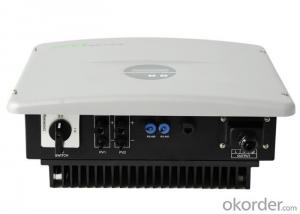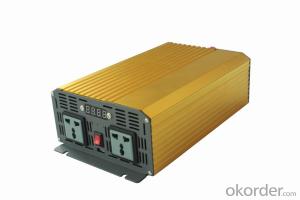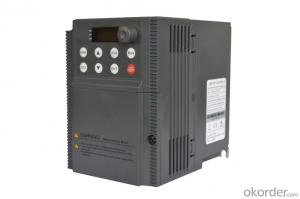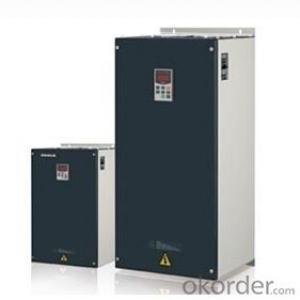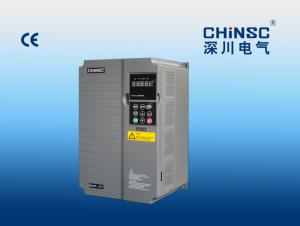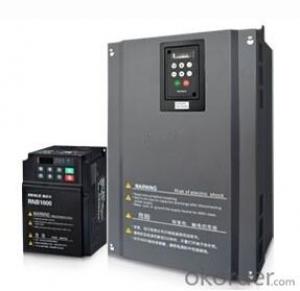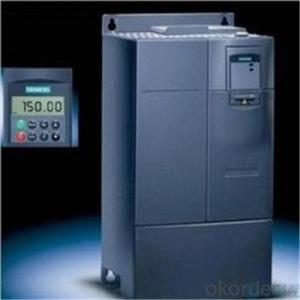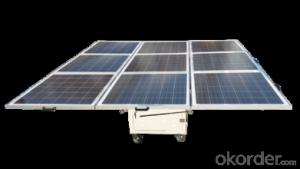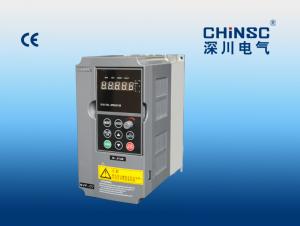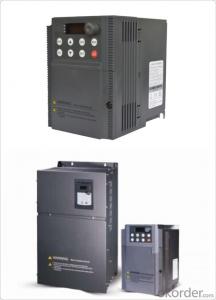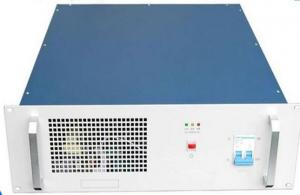Solar Single Phase Inverter
Solar Single Phase Inverter Related Searches
Inverter For Solar Inverter In Solar Red Light On Solar Inverter Use Of Solar Inverter Best Solar Pump Inverter Best Home Solar Inverter History Of Solar Inverter Advantages Of Solar Inverter Outdoor Solar Inverter Cover Best Solar Inverter On GridHot Searches
Solar Inverter For Sale Solar Inverter For Laptop Solar Inverter For Fridge Solar With Inverter Price Solar Inverter Price In Dubai Solar Inverter Price In Uae Solar Inverter Price In Kenya Solar Inverter Price In Kerala Solar Inverter Price In Ghana Solar Inverter Price In Nepal Solar Inverter Price In Ksa China Solar Inverter Price Best China Solar Inverter China 3 Phase Solar Inverter Solar Inverter Supplier In Uae Solar Inverter In Dubai Solar Inverter In Saudi Arabia Solar Inverter In Uae Solar Inverter In Kerala Best China Solar InverterSolar Single Phase Inverter Supplier & Manufacturer from China
Okorder.com is a professional Solar Single Phase Inverter supplier & manufacturer, offers integrated one-stop services including real-time quoting and online cargo tracking. We are funded by CNBM Group, a Fortune 500 enterprise and the largest Solar Single Phase Inverter firm in China.Hot Products
FAQ
- The different output waveforms of a solar inverter include sine wave, modified sine wave, and square wave.
- Yes, a solar inverter can be used with different types of solar cell technologies. Solar inverters are designed to convert the direct current (DC) produced by solar cells into alternating current (AC) that can be used to power homes and businesses. They are typically compatible with various solar cell technologies, such as monocrystalline, polycrystalline, thin-film, and hybrid solar cells. This versatility allows the solar inverter to work efficiently with different types of solar panels, maximizing the energy production from the solar system.
- Yes, a solar inverter can be used in commercial applications. In fact, solar inverters are commonly used in commercial settings to convert the direct current (DC) produced by solar panels into alternating current (AC) that can be used to power various electrical devices and appliances. Commercial buildings often have larger solar systems installed, requiring more powerful inverters to efficiently convert the solar energy into usable electricity for the facility's commercial operations.
- The maximum DC input current that a solar inverter can handle varies depending on the specific model and capacity of the inverter. It is typically mentioned in the product specifications and can range from a few amps to several hundred amps.
- No, a solar inverter is designed to convert DC power from solar panels into AC power for use in standard electrical systems. It cannot be used with both AC and DC power sources simultaneously.
- Yes, a solar inverter can be used with different types of solar tracking systems. The solar inverter is responsible for converting the direct current (DC) generated by the solar panels into alternating current (AC) that can be used to power household appliances or be fed back into the grid. The type of solar tracking system, whether it is a single-axis or dual-axis tracker, does not affect the compatibility of the solar inverter. As long as the solar inverter is appropriately sized and compatible with the solar panels, it can be used with any type of solar tracking system.









